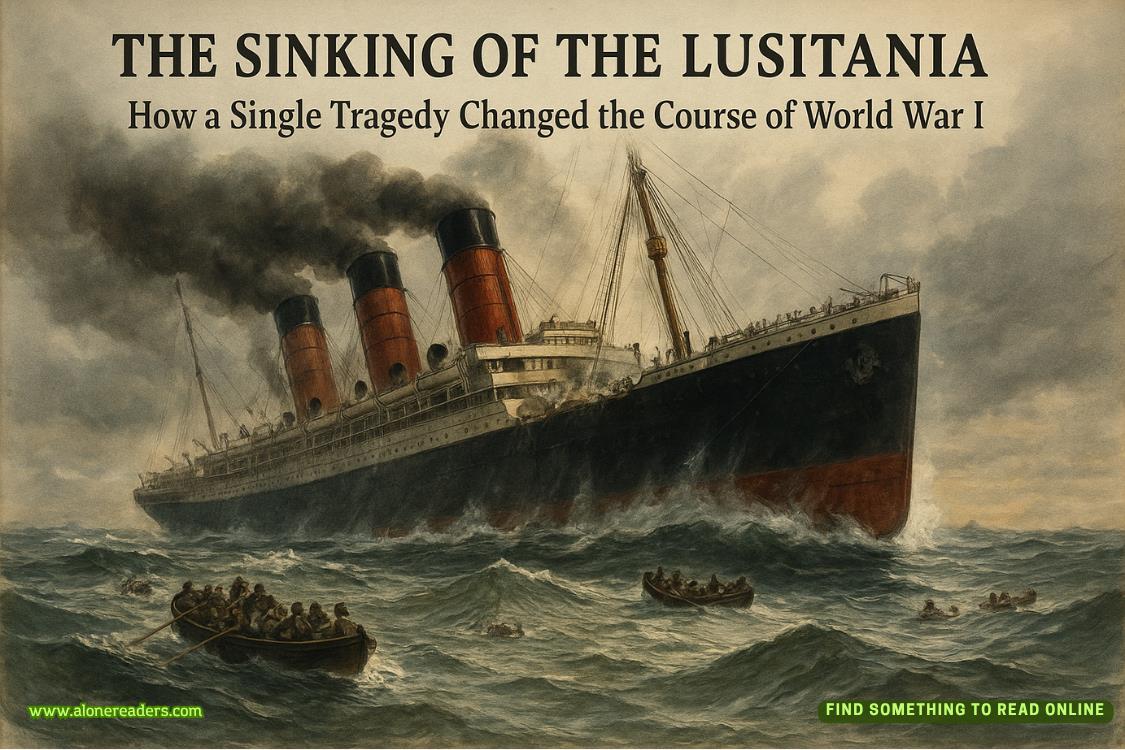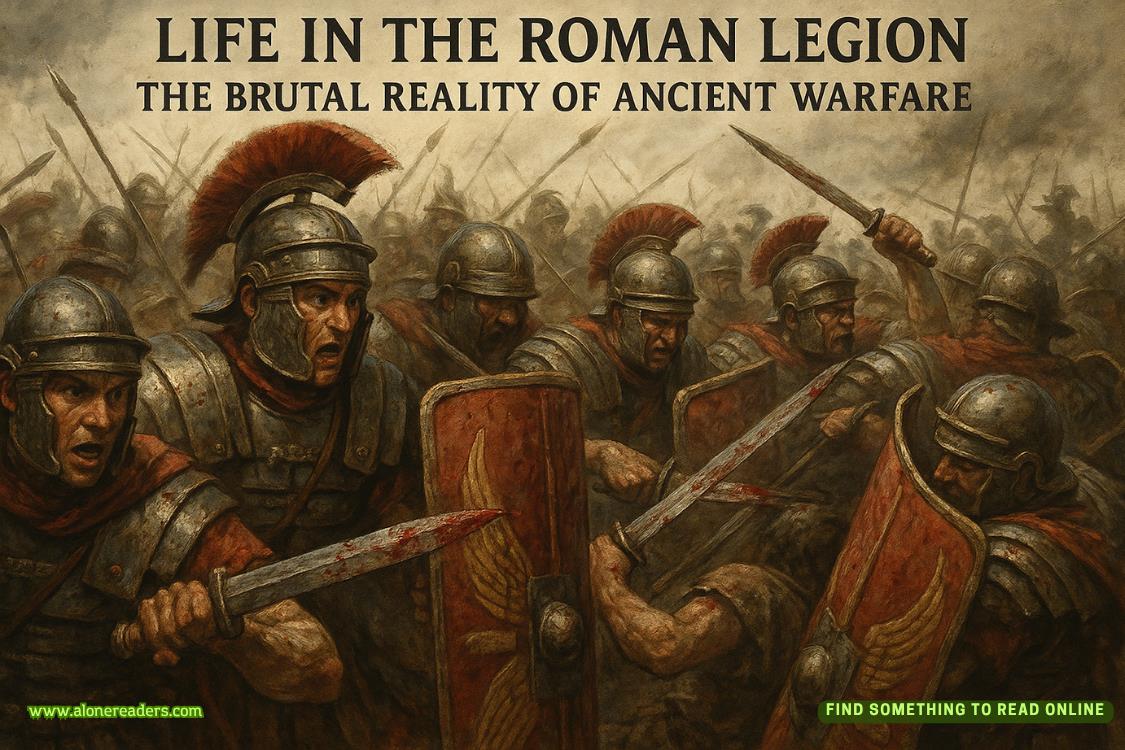Page 30 of Den of Iniquity
“I’d guess most of them,” he replied. “People who manufacture illegal drugs don’t exactly operate under FDA supervision or follow recommended dosage guidelines. So the dim bulb out on the street who thinks he’s buying a recreational hit may end up with a dose that’s a whole lot more powerful.”
“As in lethal?” I asked.
“Exactly, but here’s the problem,” Todd continued. “To sort out which of those deaths were designated as accidental rather than suicide or homicide, I’d have to go through all the individual death certificates. That’s too big a job for me to tackle right now. Sorry.”
I drove on feeling more than a little disheartened. I was sure Todd was correct in his assumption that the vast majority of the fentanyldeaths really were entirely accidental. Most of the victims wouldn’t have taken that final dose of Jackpot, fentanyl’s street name, with the intention of ending their own lives. Once the wordaccidentalis written on a death certificate, any law enforcement agency involved would be entirely justified in declaring the investigations closed. Period. Ditto for deaths designated as suicides. But how many of those supposed suicides and accidental deaths weren’t either one but were actually unsolved homicides? Were there other deaths besides Darius Jackson’s that might fit that bill?
Seattle PD’s Evidence unit is now located in Seattle’s SODO neighborhood. That acronym used to mean South of the Kingdome, which was then a cutesy way of referring to the area that actually worked. Once the Kingdome was blown to smithereens, the moniker didn’t change but the meaning did. Now it’s short for South of Downtown, which isn’t nearly as evocative. It’s also a neighborhood that has devolved into Seattle’s homeless camp central.
Once there, knowing there was no way I could pass Sarah off as a service dog, I took her for a quick walk and then locked her in the back seat of my S 550 with the windows on both sides of the car cracked partway open. It was cold but not freezing, and I was sure she’d welcome the fresh air.
The last time I had come to the Evidence unit I had been on a mission to figure out what had really happened to my old nemesis, Maxwell Cole. That time I’d had a free pass for admittance from my former partner and now assistant chief of police, Ron Peters. This time I was on my own.
The fortysomething woman behind the counter wore a Seattle PD uniform with a name tag identifying her as Officer M. Harriman.
“Good morning,” I told her. “My name’s J. P. Beaumont. I’m a private investigator, and I’d like to look at an evidence box fora man named Darius Jackson. He died of an overdose on Thanksgiving night, 2018, and his manner of death was designated as accidental.”
“Beaumont,” Officer Harriman repeated with a thoughtful frown. It was as though that was the only information from my introduction that had actually registered. “Any relation to Scotty?” she asked.
Scotty again. Obviously my participation at Seattle PD had been erased from the departmental memory banks and had been replaced by someone else’s.
“He’s my son,” I said.
But sharing Scott’s name worked well enough for me to gain entry. With a welcoming smile, Officer Harriman handed me a clipboard with a form attached as well as an accompanying ballpoint pen.
“Please fill this out,” she said.
I sat down and set about completing the form, thankful that Detective Sechrest had provided me with the case number. When I handed the clipboard back, Officer Harriman gave it a quick once-over.
“A closed case then,” she said. “That shouldn’t be a problem. I’ll have the evidence box brought to a private room where you’ll be able to go through it at your leisure. You can take photos as needed, but please don’t remove any items. As I’m sure you know, there are video cameras posted in each room.”
“Thanks,” I told her. “I know the drill.”
A few minutes later, I found myself in a small room with a single table, a single chair, and a virtually empty evidence box. I went through all the contents. There was everything you’d expect, including the clothing Darius was wearing at the time of his death. A copy of the death certificate laid out the extent of his injuries, which included blunt force trauma to the side of his head, most likely as a result of a fall, and the needle track—a single needle track—on the inside of his right wrist. I examined the crime-scene photos. They showed Darius lying on his side in a trash-strewn alleyway under the Alaskan Way Viaduct, which, like the Kingdome, is also now a thing of the past. Those were the last sounds Darius would have heard before he died—the rumble of traffic on that roadway overhead.
At the very bottom of the evidence box I found two separate items—a DVD and a sheaf of paperwork from the Washington State Patrol Crime Lab indicating that residue from inside the syringe indicated the presence of liquid fentanyl. Fingerprints and DNA found on the outside of the syringe were identified as belonging to Darius Jackson. In addition, the exterior of the syringe contained trace DNA from an unknown female. That DNA had been entered into CODIS with no resulting match. Because I still have friends in the crime lab, I made a note of the case number.
As for the DVD? I had to go back out to the front office and ask for assistance. Officer Harriman took possession of the DVD and then inserted it into a player that sent the resulting video to a computer and monitor located in my viewing room. It turned out to be the food bank’s security footage from Thanksgiving night. It showed two figures: a tall male—Darius, most likely—and a somewhat wobbly female leaning on the handle of an overloaded grocery cart, threading their way through the parking lot.
The woman was far shorter than her male companion with the top of her head several inches shy of Darius’s shoulder. She wore ahoodie. The video was too grainy to make out any features, but a few wisps of light-colored hair seemed to have escaped from under the covering on her head.
I replayed the clip several times over, watching from the moment they emerged from the food bank’s main entrance until they disappeared on the far side of the parking lot as they walked out of camera range. There was nothing in the behavior of either one of them that indicated anything amiss. There was no sign of their being in distress. They appeared to be walking and talking in a completely normal fashion.
Once finished with my survey of the evidence, I thanked Officer Harriman for her assistance and headed for the Washington State Patrol Crime Lab, which, as it happens, is only a few short blocks away. Gretchen Walther, who is now in charge of the DNA lab there, is an old pal of mine, and she’s helped me out more than once both before and after I turned in my S.H.I.T. badge in favor of becoming a private investigator.
Gretchen greeted me with a hug and a smile. “To what do I owe the honor?” she asked. “Obviously you’re here asking for help with something.”
“What are you, some kind of mind reader?”
“You don’t have to be clairvoyant when you’re dealing with a one-trick pony,” she replied. “The only time you ever show up around here is when you’re looking for a favor. What now?”
“I’m working on behalf of a woman named Matilda Jackson whose grandson, Darius, died of a fentanyl overdose on Thanksgiving night, 2018. His death was ruled an accident, but she believes he was murdered, and so do I.”
“You’re trying to reopen the case?”
I nodded.
“Good luck with that,” Gretchen said, “but how can I help?”















